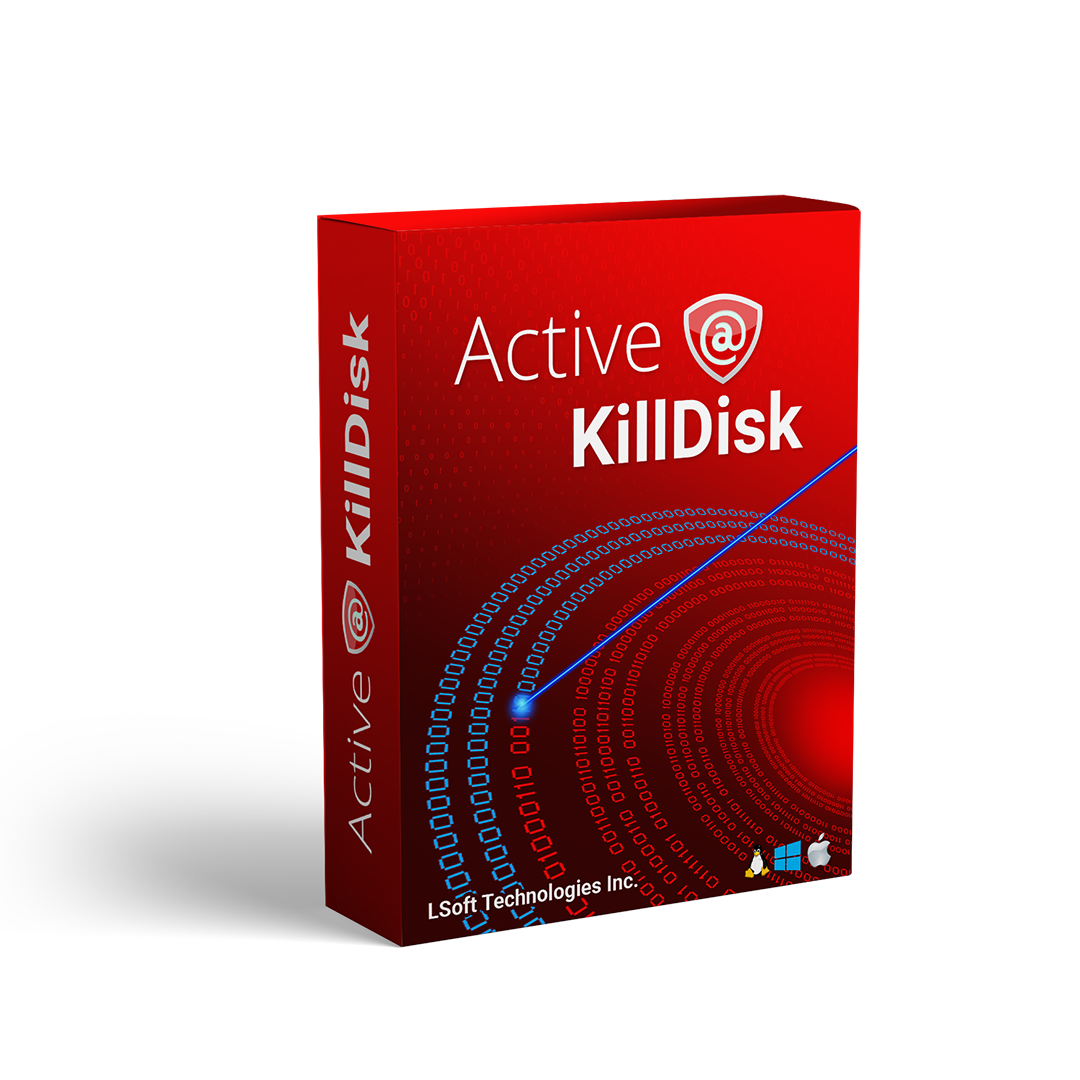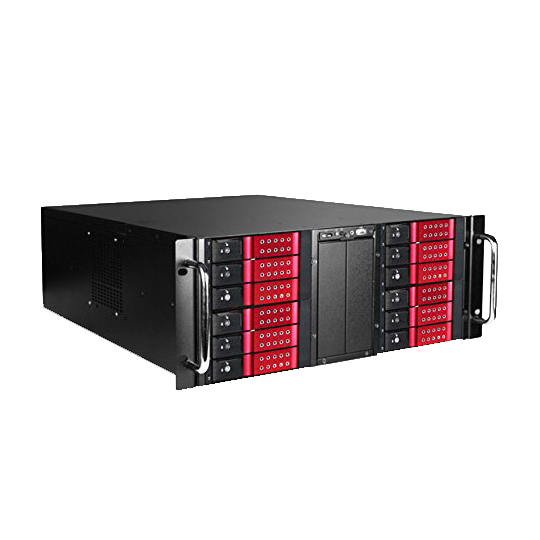What is Data Sanitization?
Introduction
In today's digital age, the term "data sanitization" has become a cornerstone of responsible data management. It refers to the deliberate, permanent, and secure removal of data from a storage device, ensuring that the data cannot be recovered or reconstructed. As organizations and individuals increasingly rely on digital means to store and manage data, the importance of data sanitization has grown immensely, driven by both the proliferation of data breaches and evolving privacy regulations.
The Necessity of Data Sanitization
The necessity of data sanitization cannot be overstated. With the explosive growth of Internet of Things (IoT) technologies and cloud-based storage systems, vast quantities of sensitive data are being generated and stored every second. While these innovations drive convenience and connectivity, they also introduce significant security risks. Data breaches and abuses have become common occurrences, often resulting from companies failing to act as responsible custodians of user data. These breaches can lead to unauthorized access, identity theft, and significant financial and reputational damage.
Data sanitization is the last line of defense in data management. It ensures that when data is no longer needed or when a storage device is being retired, the information it holds is rendered irretrievable. Given the sensitive nature of many data types, including personal, financial, and healthcare information, effective data sanitization practices are indispensable.
Types of Data Sanitization
There are several methods employed for data sanitization, each with unique procedures and use cases:
Physical Destruction
Physical destruction is the most straightforward and perhaps the most traditional method of data sanitization. It involves destroying the storage media itself so that it can no longer be used or read. Methods of physical destruction include:
- Shredding: Hard drives and other media are fed into specialized shredders that break them into tiny pieces.
- Degaussing: Magnetic storage devices, like hard drives, are exposed to a strong magnetic field to disrupt the magnetic domains, rendering the data unrecoverable.
- Incineration: Devices are burned at high temperatures, destroying both the data and the storage medium.
While physical destruction is highly effective, it is often irreversible and does not allow for media reuse.
Cryptographic Erasure
Cryptographic erasure is a more sophisticated and reversible method of data sanitization. It involves the encryption of data with a secure cryptographic key and then destruction of that key. Without access to the cryptographic key, the encrypted data becomes unreadable and essentially useless.
This method saves the time and resources that would traditionally be spent on overwriting data and physical destruction. Cryptographic erasure is particularly appealing for solid-state drives (SSDs) where overwriting data is less effective. However, this method requires the implementation of advanced encryption technologies.
Data Erasure
Data erasure is a software-based method used to completely overwrite data on a storage device. Unlike simple deletion, which only removes references to the data, leaving the actual content intact and recoverable, data erasure seeks to completely obliterate data.
Leading products in this field include Active@ KillDisk and KillDisk Industrial from LSoft Technologies. These tools provide comprehensive data sanitization solutions that adhere to international standards for secure data erasure.
- Active@ KillDisk: Designed for a wide array of industries, it utilizes sophisticated algorithms to overwrite data, making recovery impossible. It’s ideal for individual users and small enterprises looking to securely erase data.
- KillDisk Industrial: This version is tailored for large-scale operations, with advanced features enabling the erasure of massive volumes of data across multiple devices concurrently. It’s highly suitable for data centers and corporations handling large quantities of sensitive data.
Both versions support an extensive range of storage media and ensure compliance with global data security regulations.
Data Breaches and the Impact of Irresponsibility
Despite the availability of robust data sanitization solutions, numerous breaches and data misuse cases continue to surface. High-profile incidents, where sensitive user data has been left unprotected, illustrate the risks of inadequate data management. Companies failing to properly sanitize old data or retiring devices without secure data erasure can expose themselves and their customers to cyber threats, resulting in exploitation and identity theft.
In the realm of IoT and cloud storage, the stakes are even higher. These technologies often involve vast amounts of data collected from countless devices, making security breach potentially catastrophic. The interconnected nature of IoT devices can compound risks, as one weak link can jeopardize an entire network.
A Positive Outlook: Regulation and Innovation
Despite the challenges, the future of user data looks promising, thanks in part to rigorous government regulations and innovative data sanitization technologies. Regulations such as the General Data Protection Regulation (GDPR) in Europe and the California Consumer Privacy Act (CCPA) in the United States have set high standards for data privacy and protection. These laws mandate companies to ensure the secure handling of personal data, including adequate data sanitization practices.
Moreover, advanced tools like Active@ KillDisk and KillDisk Industrial are paving the way for secure data management. By making effective data sanitization accessible and straightforward, they empower organizations to protect data and abide by regulatory requirements.
In conclusion, as our reliance on digital data continues to grow, so does the imperative need for effective data sanitization. By adopting comprehensive data sanitization strategies and aligning with global regulations, organizations can mitigate risks while ensuring the privacy and security of sensitive information. This proactive approach not only safeguards user data but also enhances trust and integrity in the digital ecosystem, promising a safer future for all stakeholders.


